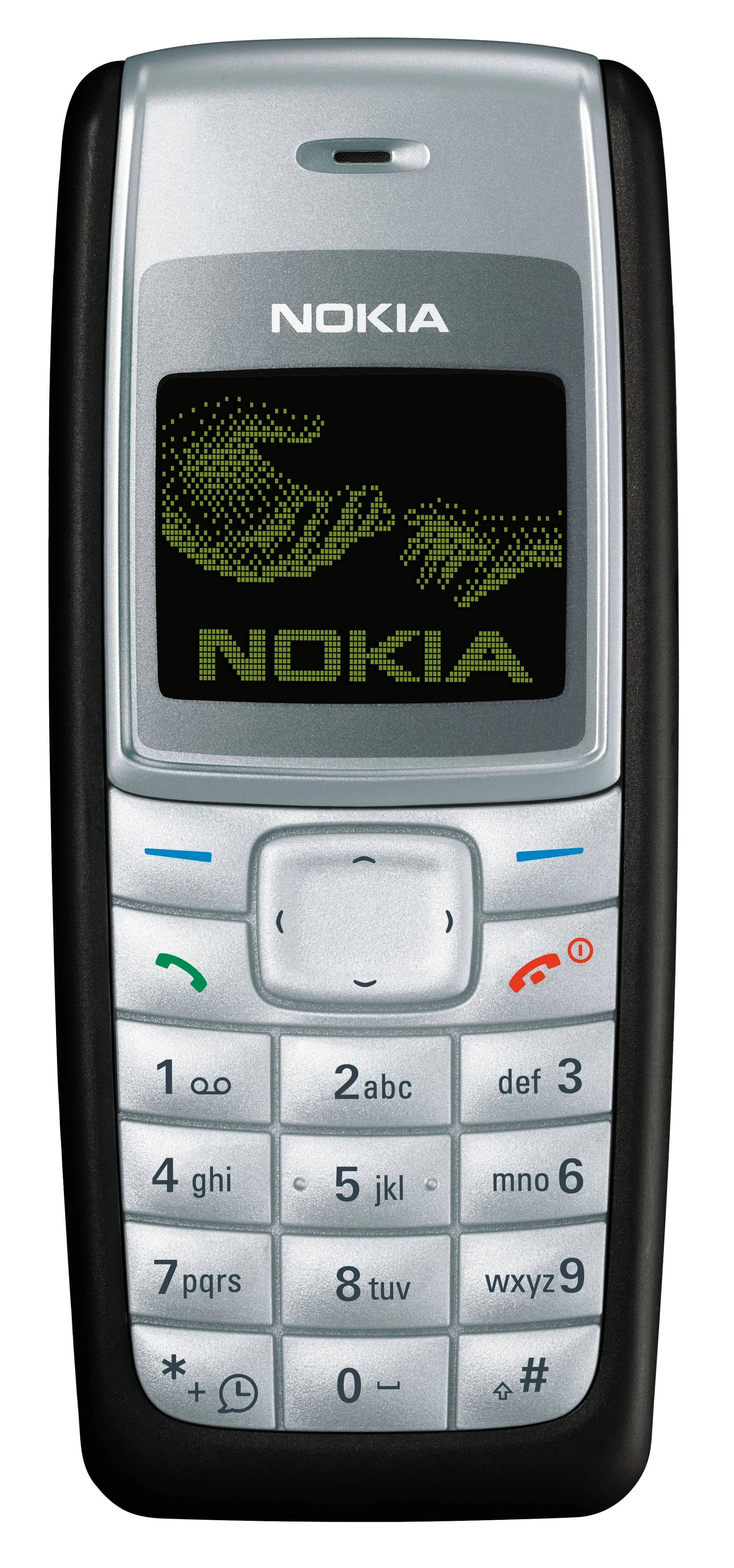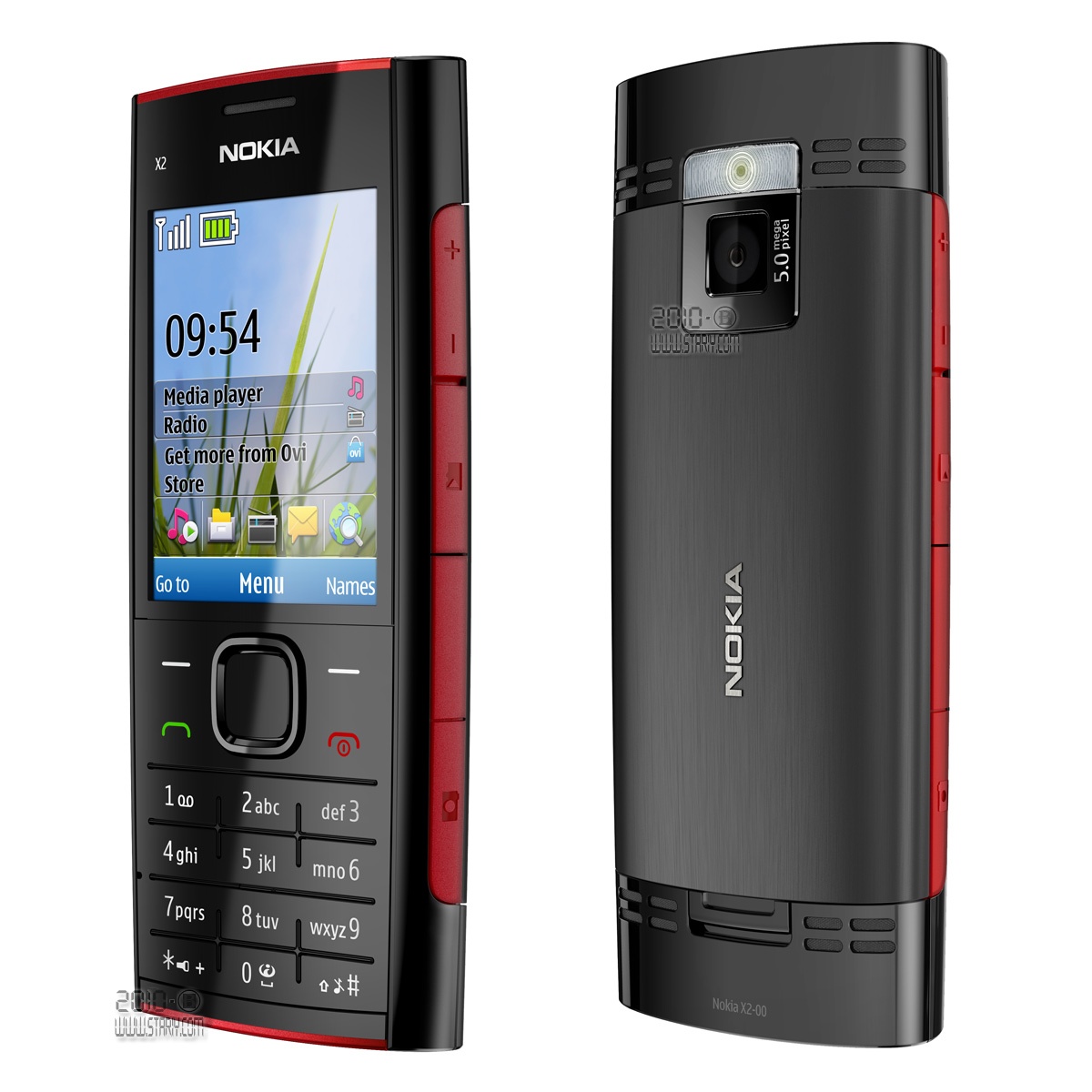The Evolution Of Nokia: A Comprehensive Overview
Nokia has been a significant player in the telecommunications industry since its inception in 1865. From its humble beginnings as a pulp mill in Finland to becoming a global technology giant, Nokia's journey is marked by innovation, resilience, and adaptability. This article will explore the evolution of Nokia, its impact on the mobile phone industry, and its current standing in the tech world.
In the early 2000s, Nokia was synonymous with mobile phones, dominating the market with its robust, user-friendly devices. However, the advent of smartphones changed the landscape dramatically. Nokia's struggle to transition into this new era highlights the challenges faced by many established companies in adapting to technological advancements. Today, Nokia is reinventing itself by focusing on network infrastructure and technology solutions.
This article delves into Nokia's history, its rise and fall in the mobile phone market, and its strategic shift towards becoming a leader in telecommunications infrastructure. With a focus on expertise, authoritativeness, and trustworthiness, we aim to provide a comprehensive understanding of Nokia's legacy and future prospects.
Table of Contents
- 1. The History of Nokia
- 2. The Rise and Fall in Mobile Phones
- 3. Current Focus and Innovations
- 4. Nokia's Leadership and Key Figures
- 5. Nokia's Corporate Data
- 6. The Future of Nokia
- 7. Conclusion
- 8. References
1. The History of Nokia
Nokia's roots can be traced back to 1865, when Fredrik Idestam established a pulp mill in Finland. Over the years, Nokia diversified into various industries, including rubber and cables. By the 1960s, Nokia began to focus on telecommunications, laying the foundation for its future as a mobile phone manufacturer.
1.1 Early Telecommunications
In the 1970s, Nokia ventured into the telecommunications sector by developing radio communication technology. This move was pivotal in establishing Nokia as a key player in the industry, eventually leading to the development of mobile phones in the 1980s.
1.2 The Birth of the Mobile Phone
In 1982, Nokia launched its first mobile phone, the Nokia Mobira Senator, which was a significant milestone in the company’s history. The device was bulky compared to today’s standards, but it marked the beginning of Nokia’s dominance in the mobile phone market.
2. The Rise and Fall in Mobile Phones
Nokia's ascent to fame in the 1990s was characterized by innovative designs and user-friendly interfaces. The Nokia 3310, launched in 2000, became one of the best-selling mobile phones of all time.
2.1 Market Dominance
During the late 1990s and early 2000s, Nokia held a significant share of the global mobile phone market. The company was known for its durable devices and iconic ringtones, which became a cultural phenomenon.
2.2 The Smartphone Revolution
However, the introduction of the iPhone in 2007 marked the beginning of a new era in mobile technology. Nokia struggled to adapt to the rapid changes in consumer preferences, leading to a decline in market share.
3. Current Focus and Innovations
In recent years, Nokia has pivoted its focus toward telecommunications infrastructure and technology solutions. The company is now a leading provider of 5G technology and network services.
3.1 Innovations in Telecommunications
Nokia has invested heavily in research and development, resulting in numerous innovations in network technology. The company’s commitment to 5G advancements positions it as a key player in the future of connectivity.
3.2 Sustainability Initiatives
As part of its corporate responsibility, Nokia is also focusing on sustainability initiatives. The company aims to reduce its carbon footprint and contribute to a more sustainable future through eco-friendly practices.
4. Nokia's Leadership and Key Figures
Nokia's success can be attributed to its visionary leadership. The company has seen various leaders who have played crucial roles in its development.
4.1 Key Leaders
- Fredrik Idestam - Founder
- Simo Häkli - Pioneering engineer in mobile technology
- Risto Siilasmaa - Former chairman and key strategist
- Pekka Lundmark - Current President and CEO
5. Nokia's Corporate Data
| Data Point | Details |
|---|---|
| Founded | 1865 |
| Headquarters | Espoo, Finland |
| CEO | Pekka Lundmark |
| Employees | Approx. 90,000 |
| Revenue (2022) | €22.2 billion |
6. The Future of Nokia
Looking ahead, Nokia aims to continue its growth in the telecommunications sector by focusing on 5G technology and expanding its global network services. The company’s commitment to innovation and sustainability will be key drivers of its future success.
7. Conclusion
In conclusion, Nokia's journey from a pulp mill to a telecommunications giant is a testament to its resilience and adaptability. While the company faced significant challenges during the smartphone revolution, its current focus on network infrastructure and sustainability positions it for future success. We encourage readers to share their thoughts on Nokia's evolution and future in the comments below.
8. References
Sheryl Crow: A Deep Dive Into The Life And Music Of An American Icon
TireRack: Your Ultimate Guide To Choosing The Right Tires
Kevin Costner: The Iconic Actor And Filmmaker


